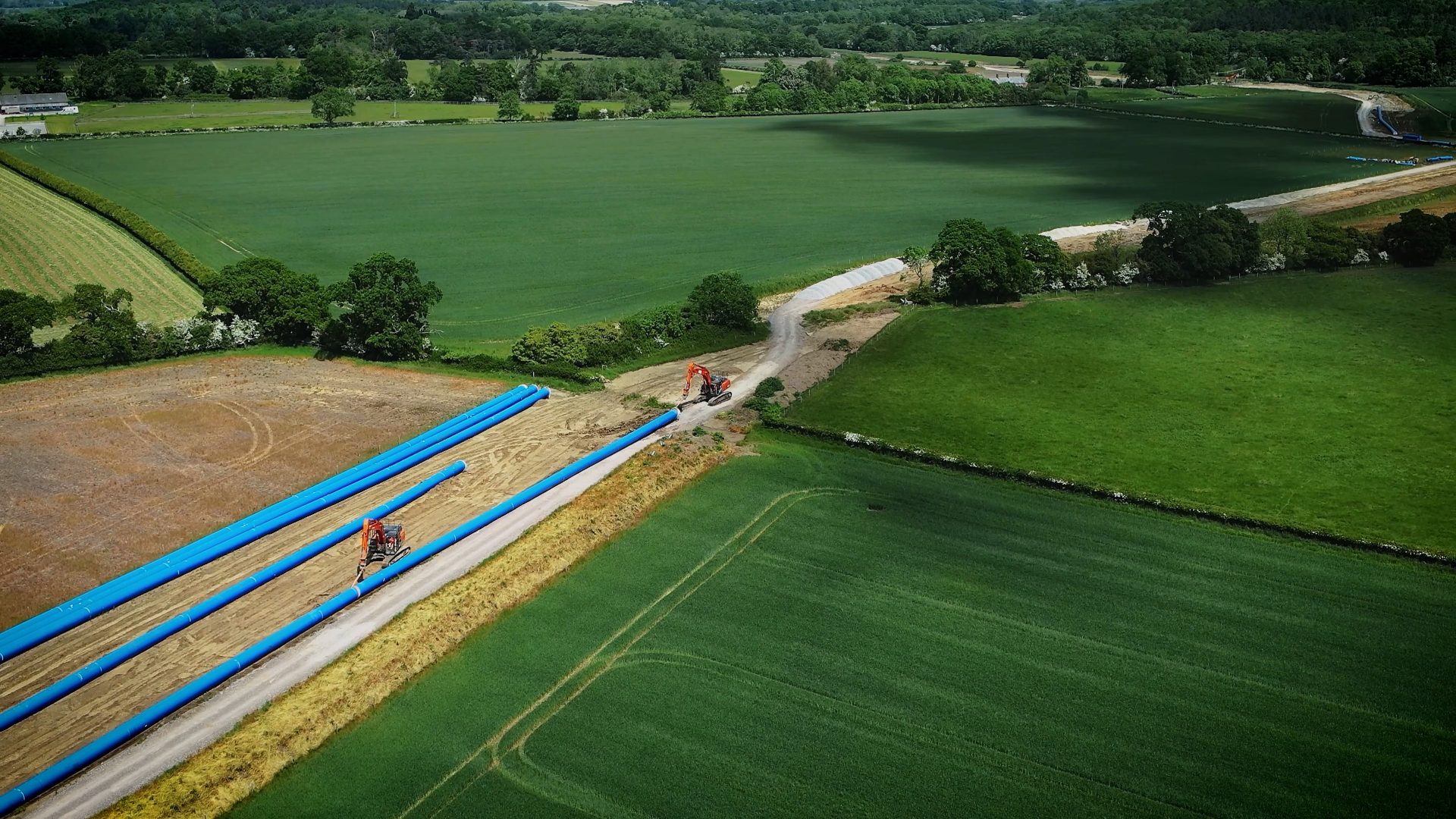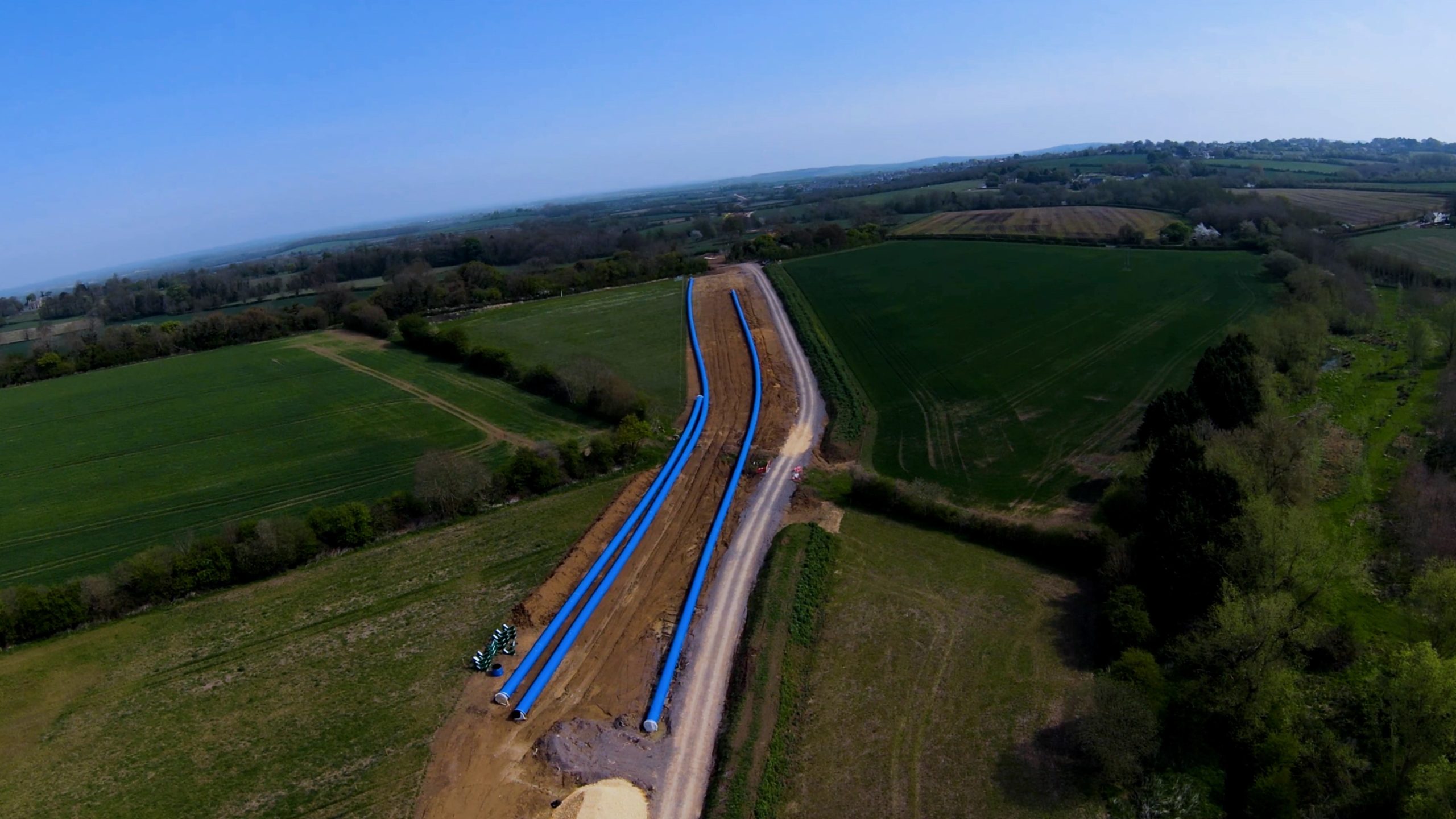Thames Water has reached the final stages of its project to protect future water supply across Swindon. The £45 million project includes a new 13.7km pipeline which runs between Faringdon and Blunsdon.
Construction of the Faringdon to Blunsdon pipeline commenced in May 2021 and is due to come into service this spring, with the overall project completing in August 2024. The new pipe will build resilience, and significantly reduce leaks in an area that has a history of bursts.
Chris Reeves, Head of Programme Delivery at Thames Water said: “It’s our job to deliver a safe and secure supply of water for all our customers. Our new water transfer pipe will build resilience across Swindon and ensure we keep the taps flowing for future generations.
“The pipeline will also benefit the local environment, reducing reliance on groundwater sources that draw from chalk streams and the River Kennet during high demand and drought conditions.”
Andy Muncer, Project Director, Kier, said: “We’re proud to be using our expertise to deliver this vital project for Swindon. It’s a complex piece of work and we’ve taken an innovative approach to ensure it’s being delivered efficiently to a high-quality, and in a way which protects the local environment.
“We’ve also launched several initiatives in the local area, such as volunteering days at Pennyhooks Farm Trust, in line with Kier’s commitment to benefit the communities in which we work. We’ll keep these active throughout the project.”
During the project, several archaeological investigations also took place, with Wessex Archaeology acting as advisors. Thames Water adopted targeted route changes to avoid known areas of high archaeological interest to minimise disturbing archaeological remains during works.
Ahead of construction a small number of artefacts and archaeological evidence were discovered, with the most significant including the remains of Iron Age roundhouses and Anglo-Saxon burials.
Bianca San Martin, Fieldwork Manager, Wessex Archaeology, said:
“Partnering with Thames Water and Kier on these vital pipe upgrades has not only ensured the works ran smoothly, their investment in heritage has also led to the discovery of a range of significant archaeological remains, from prehistoric roundhouses to Anglo-Saxon burials.”




